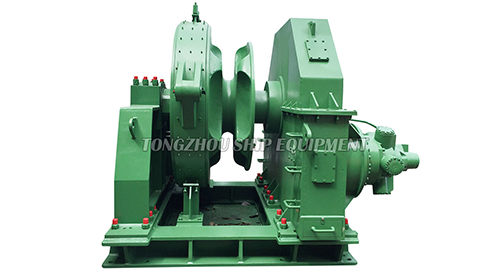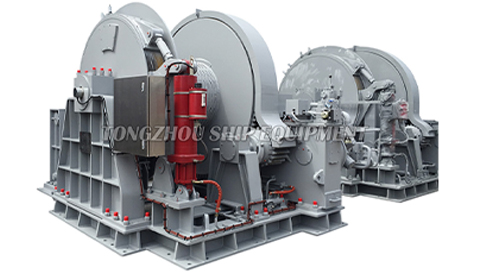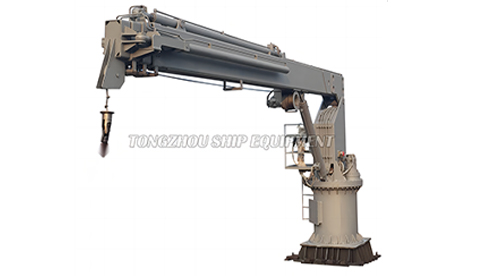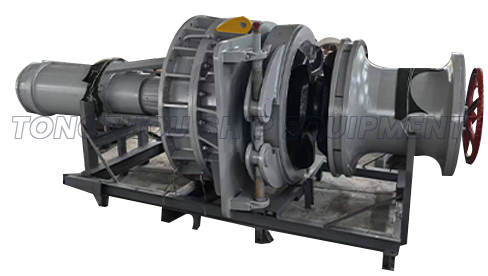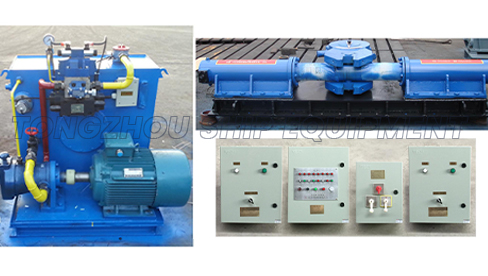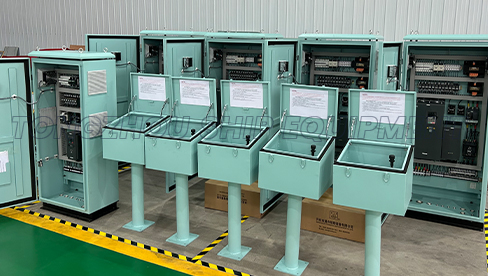Can a Marine Windlass Be Used for Both Anchoring and Mooring?
 2025.05.09
2025.05.09
 Industry News
Industry News
In the maritime industry, efficiency and adaptability are critical for vessel operations. A common question among shipowners and marine engineers is whether a marine windlass, a core component of anchoring systems, can effectively serve dual purposes: handling both anchoring and mooring tasks.
The Role of a Marine Windlass
A marine windlass is a motorized device installed on ships to deploy, retrieve, and secure anchor chains or ropes. Traditionally, its primary function is to manage the heavy loads associated with anchoring, ensuring vessels remain stable in open waters. However, advancements in engineering have expanded its potential applications.
Anchoring vs. Mooring: Key Differences
Anchoring involves securing a vessel to the seabed using an anchor and chain, while mooring typically refers to tying a ship to a fixed structure like a dock, buoy, or pier using ropes or synthetic lines. Anchoring requires handling vertical loads (e.g., the weight of the chain and anchor), whereas mooring deals with horizontal forces (e.g., tidal currents or wind pushing the vessel sideways).
Can a Single Windlass Handle Both Tasks?
The short answer is yes, but with caveats. Modern marine windlasses are increasingly designed for versatility. Many models now feature dual-drum configurations:
Anchor Chain Drum (Wildcat): Designed for anchor chain engagement.
Mooring Drum (Warping Head): Engineered to handle ropes or synthetic lines for mooring.
This dual functionality allows crews to consolidate equipment, saving deck space and reducing maintenance costs. However, the windlass must meet specific criteria:
Load Capacity: It must withstand both vertical anchoring forces and horizontal mooring tensions.
Material Durability: Components like gypsies and drums require corrosion-resistant materials (e.g., stainless steel) to endure saltwater exposure.
Control Systems: Integrated braking mechanisms and variable-speed controls ensure safe transitions between anchoring and mooring modes.
Practical Considerations
While technically feasible, operators must adhere to guidelines:
Load Limits: Exceeding the windlass’s rated capacity during mooring risks mechanical failure.
Line Compatibility: Mooring lines must match the drum’s diameter and friction profile.
Training: Crews need protocols to switch between anchoring and mooring modes safely.
A marine windlass can indeed serve both anchoring and mooring functions, provided it is engineered for dual loads and operated within design parameters. As shipbuilders prioritize space and cost efficiency, multirole windlasses are becoming a strategic investment.



 English
English  عربى
عربى  中文简体
中文简体 
